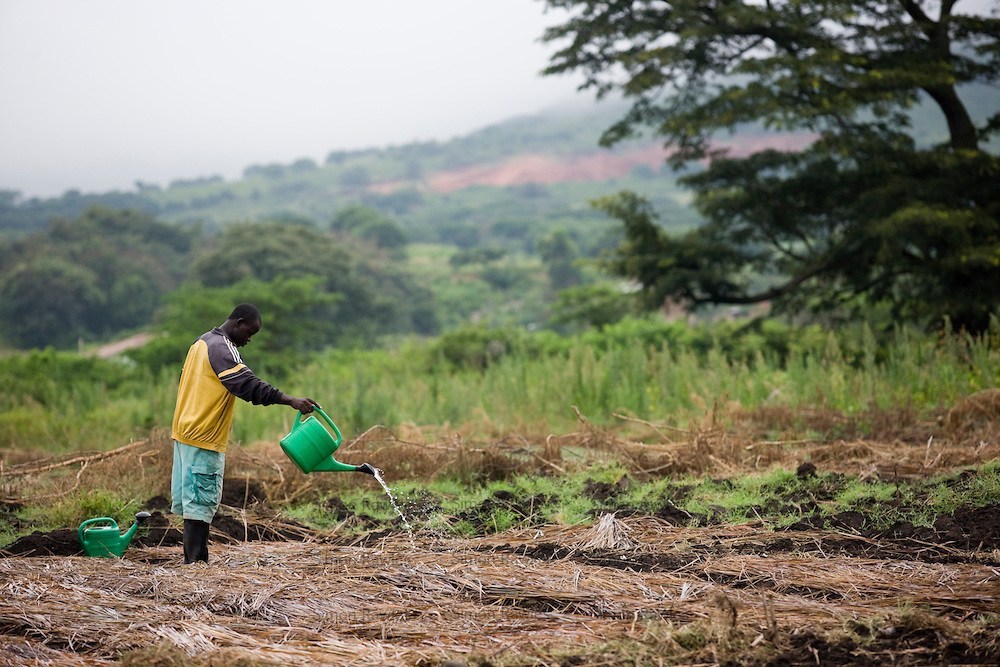The public sector cannot provide enough finance to make African countries resilient to climate change impacts, and funding from the private sector is hard to come by. At the same time, many grassroot adaptation initiatives are being developed and some of these are making a big difference.
To supplement other efforts the African Development Bank (AfDB) launched The Adaptation Benefits Mechanism (ABM), an innovative mechanism for mobilising new and additional public and private sector finance. The pilot phase will create a new asset – certified adaptation benefits, with a compliance value for the Paris Agreement, nationally determined contributions (NDCs) and the sustainable development goals (SDGs).
The Bank has raised the share of adaptation finance from less than 30% in 2016 to 49% in 2018, in order to better respond to the needs of the African continent.
The project developers participating in the pilot phase are the International Agroforestry Centre (ICRAF) in Côte d’Ivoire, Whave Solutions in Uganda, and the Center for Governance and Human Security Studies (CGHSS) in Rwanda.
Ben Sheardown from Whave Solutions said “The residents of Uganda are already beginning to experience the effects of climate change. The services that Whave Solutions is offering to rural communities not only help them to become more resilient, but also to improve their health and livelihoods”. Andrew Rucyahana from CGHSS said that as a social entrepreneur he wants to help vulnerable communities to adapt to climate change as well as earn a living from it.
Amani Kouassi from ICRAF explained how the organization enables adaptation activities, not only between governments and the private sector, but also between local governments and vulnerable communities. He also said that the high interest rates of commercial banks were impeding private sector engagement.
In the period 2019-2023, the African Development Bank will implement at least 12 ABM demonstration projects in Africa, with a focus on vulnerable communities in least developed and low-income countries. The results will inform and further develop the ABM before it is used in the international community.
The concept of the ABM has been developed by the African Development
Bank since 2016, with support by the Climate Investment Fund (CIF)
and in consultation with several African countries, including the Côte
d’Ivoire and Uganda, as well as other stakeholders. In the
UNFCCCdiscussions on Article 6 of the Paris Agreement, the ABM was
mentioned as an example of a non-market-based approach.
Bank since 2016, with support by the Climate Investment Fund (CIF)
and in consultation with several African countries, including the Côte
d’Ivoire and Uganda, as well as other stakeholders. In the
UNFCCCdiscussions on Article 6 of the Paris Agreement, the ABM was
mentioned as an example of a non-market-based approach.
Attachments area




